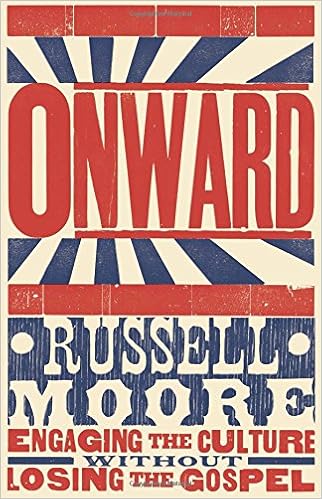Below is the list of books from the challenge, sorted by completed/not completed and with notes as applicable.
COMPLETED (14):
(links to individual reviews in titles. Pages read: 4,339)
- Read a book that was made into a movie
- The Jungle Book – Rudyard Kipling
- Read a book you pick solely because of the cover
- Onward: Engaging the Culture Without Losing the Gospel – Russell Moore
- Read a book your friend loves
- Anna Karenina – Leo Tolstoy
- Read a book by an author you love
- The Great Divorce – C.S. Lewis
- Read a book with a lion, a witch, or a wardrobe
- The Physick Book of Deliverance Dane – Katherine Howe
- Read a book with a female heroine
- Anne of Green Gables – L.M. Montgomery
- Read a book set somewhere you’ve always wanted to visit
- The Wheel on the School – Meindert de Jong
- Read a book set in the summer
- The Bell Jar – Sylvia Plath
- Read a book you learned about from this challenge
- The Secret Keeper – Kate Morton
- Read a book that will make you smarter
- Breakthrough – Thea Cooper & Arthur Ainsberg
- Read a book with a great first line
- The Metamorphosis – Franz Kafka
- Read a book with pictures
- The Hundred Dresses – Eleanor Estes
- Read a book from the library
- All the Light We Cannot See – Anthony Doerr
- Read a book you loved… read it again!
- One More Wish – Robin Jones Gunn
- Read a book you started but never finished (can you say ironic?)
- Juvenilia – Jane Austen
- Read a book “everyone” but you has read
- Diary of a Young Girl – Anne Frank
- Read a book you own but haven’t read
- Last of the Mohicans – James Fenimore Cooper
- Read a book published this year
- Unashamed – Lecrae
- Read a book by an author you’ve never read before
- The Sound and the Fury – William Faulkner
- Read a book at the bottom of your “to read” pile (given the prompt, no surprise this one isn't in the "completed" list yet...)
- Wuthering Heights – Emily Bronte
- Read a book with a color in the title
- The Call of the Wild/White Fang – Jack London
- Read a book of poems
- Olney Hymns – William Cowper
- Read a book with a blue cover
- Love Does – Bob Goff
- Read a book you were supposed to read in school but didn’t
- The Scarlet Letter – Nathaniel Hawthorne
- Read a book that is more than 10 years old
- Robinson Crusoe – Daniel Defoe
- Read a book based on a true story
- Monuments Men – Robert M. Edsel














